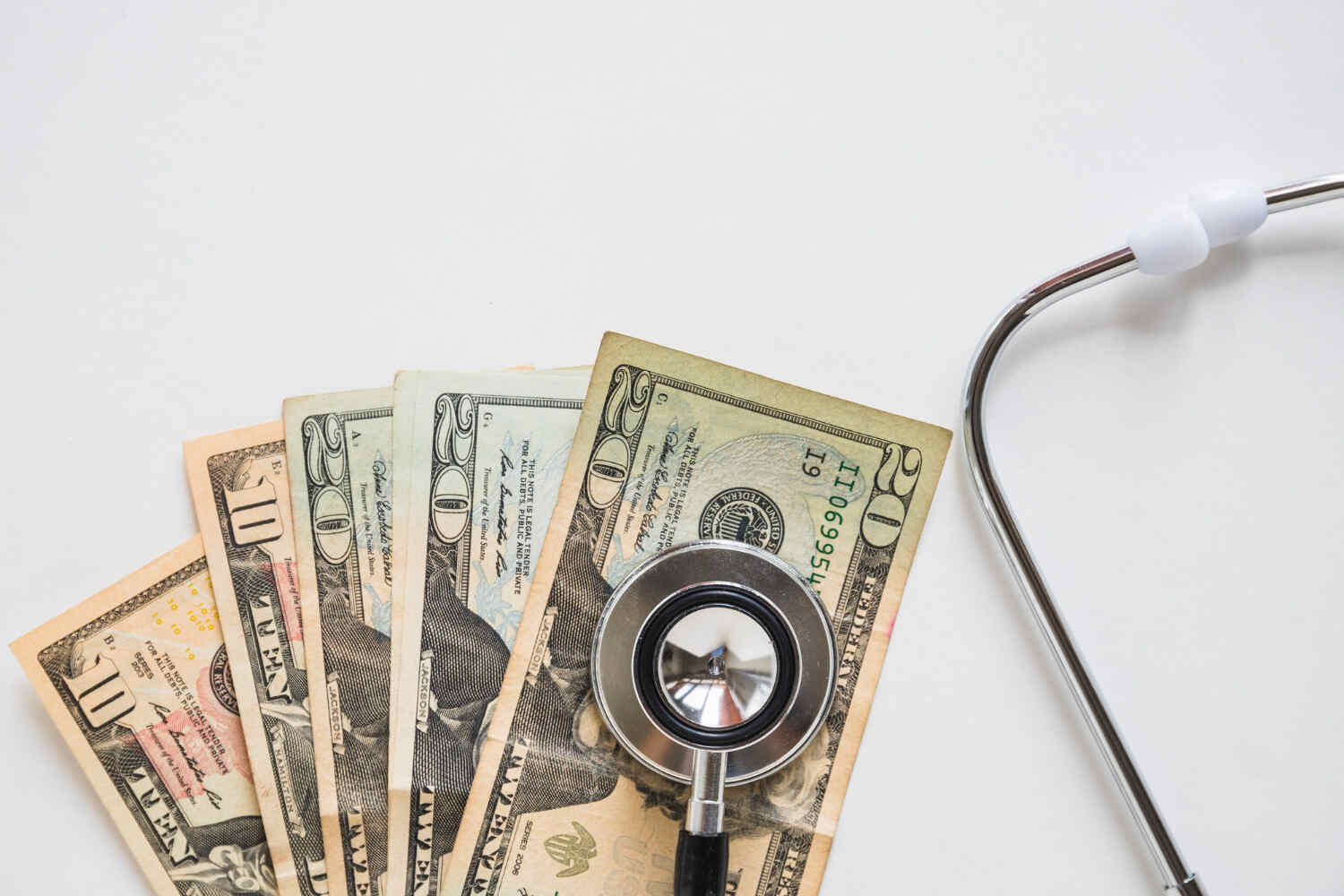Getting a medical degree is a significant milestone that requires a substantial financial commitment. According to the Education Data Initiative, the average cost of medical school is $218,792.
Annually, the average cost of medical school is equivalent to $57,574. This figure increases by $915 each year. Considering these, it’s unsurprising that medical school graduates incur an average debt of $202,453. This amount excludes premedical undergraduate and other educational debt.
The good news is that there are various med professional refinancing options available. These options allow practicing physicians, dentists, and others in the healthcare industry to refinance their student loan debts, typically with lower interest rates and more favorable payment terms.
Even so, the prospects of dealing with such high costs and large debts may discourage potential applicants, particularly those in lower socioeconomic classes. Fortunately, there are different ways to finance and strategically pay for medical school.
Are you an aspiring medical school student unsure how to pay the corresponding expenses? Learn how to make better financial decisions in the long term by understanding your options below.
Institutional Aid
Like undergraduate institutions, medical schools offer financial assistance directly to students. However, the amount provided and the percentage of students receiving financial aid can vary significantly.
Some medical schools cover all costs, regardless of financial need. However, in most cases, institutional aid is offered based on demonstrated financial need and must stay within the total cost of attendance.
Still, check out the available financial aid options, including merit-based and need-based assistance, when applying to medical school. Merit-based financial aid doesn’t consider your financial needs. Instead, it’s contingent on your academics, athletics, or leadership merit.
Contact the university’s financial aid office or your department chair to inquire about the financial assistance available to you.
Scholarships and Grants
There are various scholarships and grants available for medical school students. Remember that they don’t only come from universities. Private companies and non-profit organizations are also sources of different medical school scholarships and grants.
Such options come in different forms and amounts. While they may appear trivial, they can add up over time if you apply and qualify for multiple scholarships and grants.
You can explore potential scholarship and grant opportunities using the database of the Association of American Medical Colleges. Alternatively, you can utilize a scholarship search tool to help narrow down options and receive notifications when opportunities match your specific criteria.
Tuition-Free Programs
Certain medical schools waive tuition charges to improve the accessibility of the medical field to a wide range of students. Although medical education costs involve more than tuition fees, they’re often a barrier for many aspiring students.
Reducing the high cost of tuition is a significant opportunity for students seeking to enter medical school. You can find many institutions offering tuition-free programs. But remember that you still have to pay for nontuition expenses, such as fees and room and board supplies.
Students of all backgrounds will likely apply for tuition-free programs. That means you might have to compete with financially disadvantaged students and those with outstanding GPAs and excellent scores on the Medical College Admission Test.
Considering that, research the programs that interest you and what kind of applicants they typically accept.

Service Progra
Enrolling in a service program with the government or military is an alternative to getting some of your medical school costs covered.
The institution will cover a portion or all of your expenses in medical school in exchange for the specific number of years you work for a government or military program.
However, your eligibility for these options will depend on the specific field of medicine you intend to study. For starters, here are some programs that may be accessible to you:
- National Health Service Corps (NHSC) Scholarship
- Health Professions Scholarship Program (HPSP)
- Public Service Loan Forgiveness (PSLF)
- State Loan Repayment Program (SLRP)
Medical Student Loans
Even when you combine financial aid, scholarships, and grants, you may need further help to cover all your expenses in medical school. After exhausting all available options, you can apply for student loans to pay the remaining costs. As a medical student, you can access the following loan options:
Federal student loans
These loans are often an excellent starting point, as their interest rates are typically lower. Likewise, they can have more forgiving repayment options. Like undergraduate school, you must file a Free Application of Federal Student Aid (FAFSA) to check what programs you may qualify for.
It’s crucial to note that the federal government offers three kinds of aid: grants, work-study, and loans. While you don’t have to pay back grants or work-study, you must repay federal student loans.
Below are the types of loans that may be available to you:
- Federal Direct Unsubsidized Loans
- Federal Direct Graduate PLUS Loans
- Health Resources and Services Administration (HRSA) Primary Care Loan
Private student loans
On the other hand, you can get private student loans after you exhaust your financial aid and federal student loan options. These loans are generally accessible through banks, credit unions, or online lenders. They are often offered with fixed or variable interest rates.
Typically, lenders of private student loans examine the borrower’s income and credit history to determine eligibility and the corresponding interest rate. Suppose you have a low or bad credit score. You may need someone to cosign your loan to get the best rates and terms on your student loans.
Get Financially Ready for Medical School
Cost is a significant factor when deciding to enter medical school. While that’s an essential consideration, don’t let the hefty cost stop you from getting a medical degree. Consider seeking financial advice from a professional to prepare your finances.
Besides getting financially ready, you must also take the time to prepare emotionally. The sheer amount of work required to finish medical school can be overwhelming. Ensure you have an adequate support system to help you succeed as a medical school student.




